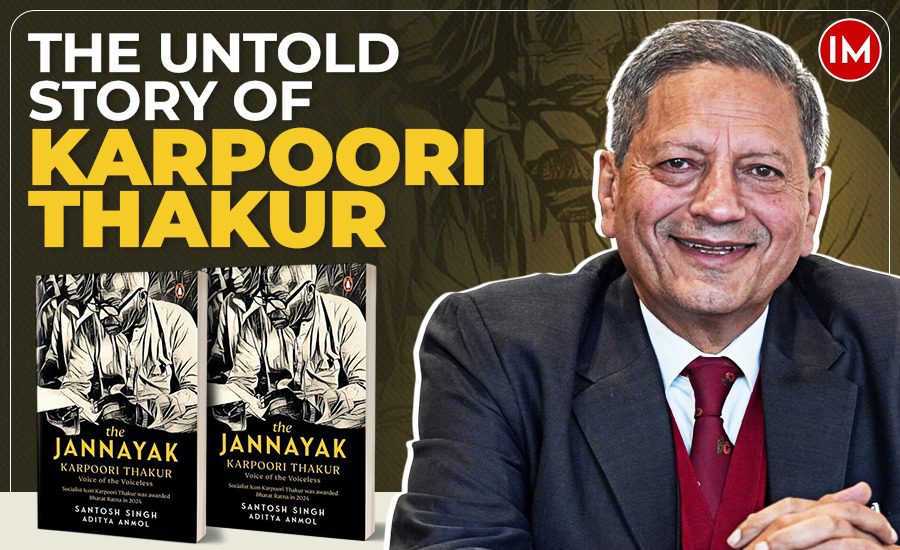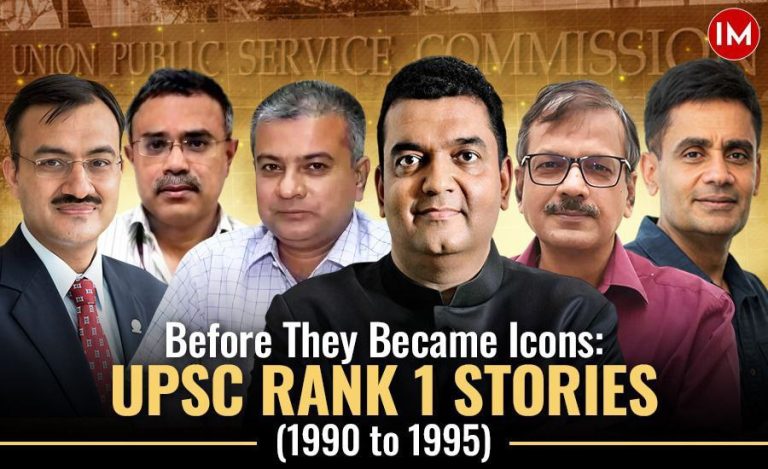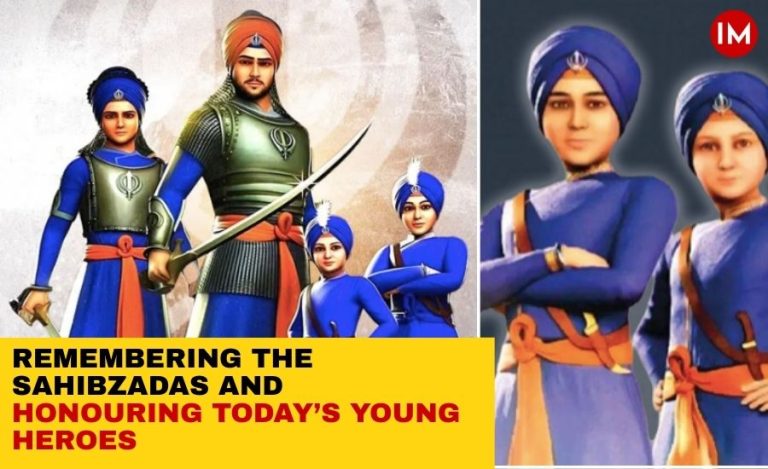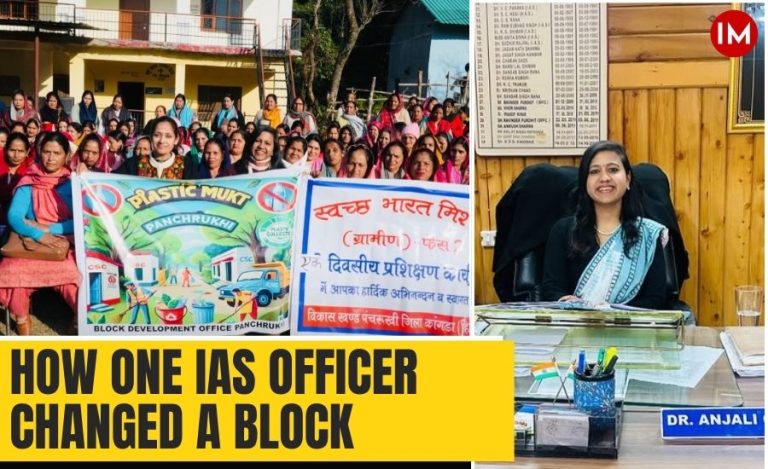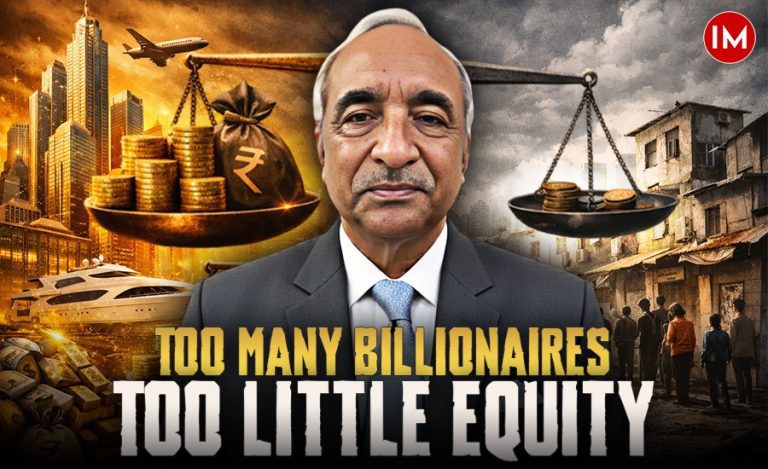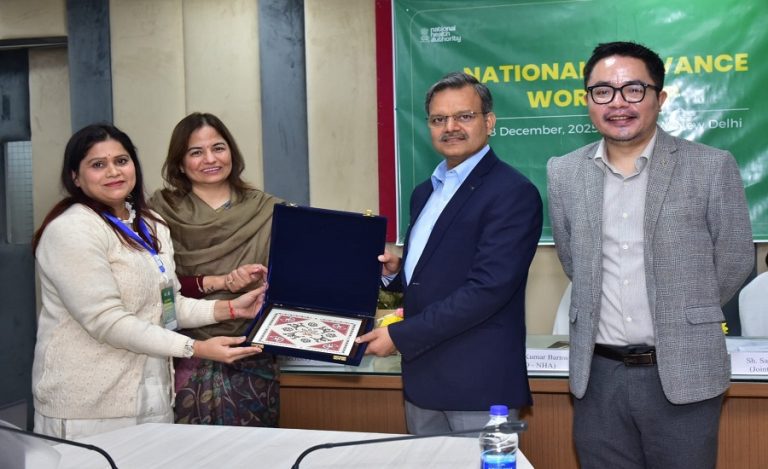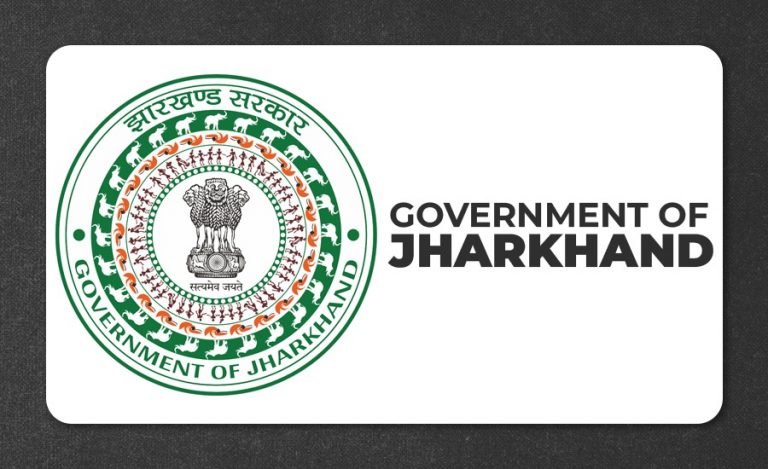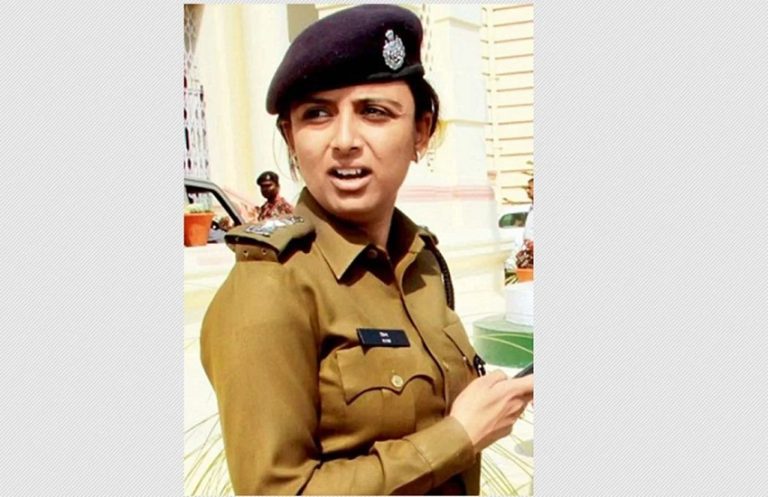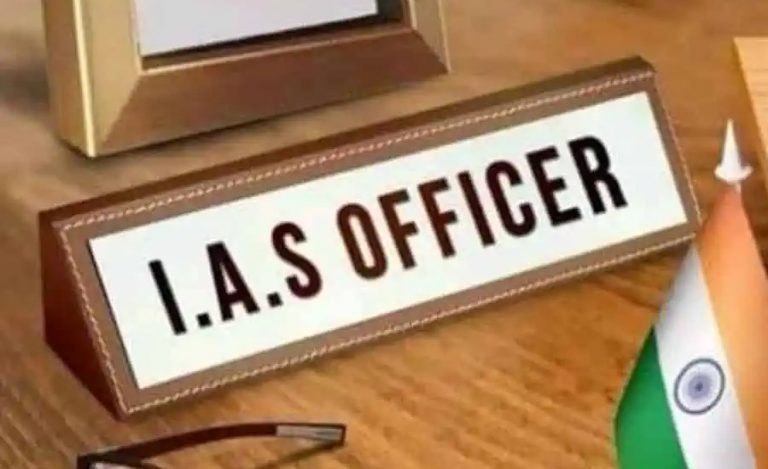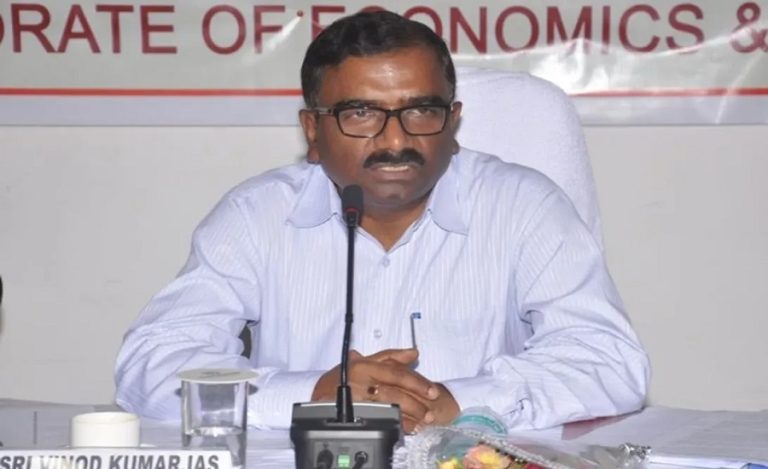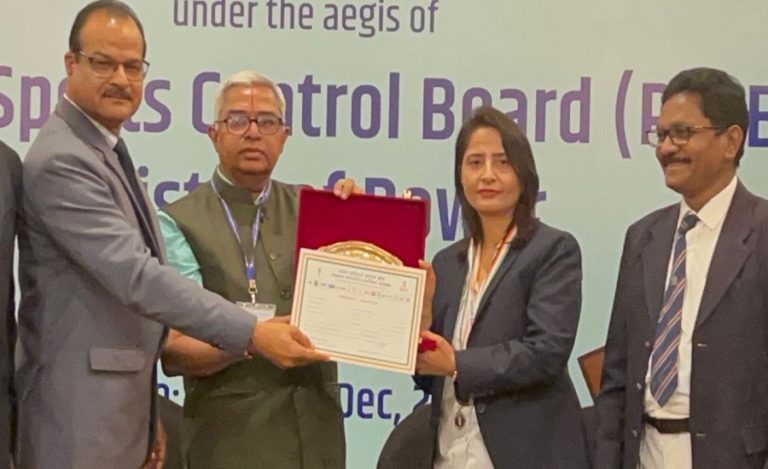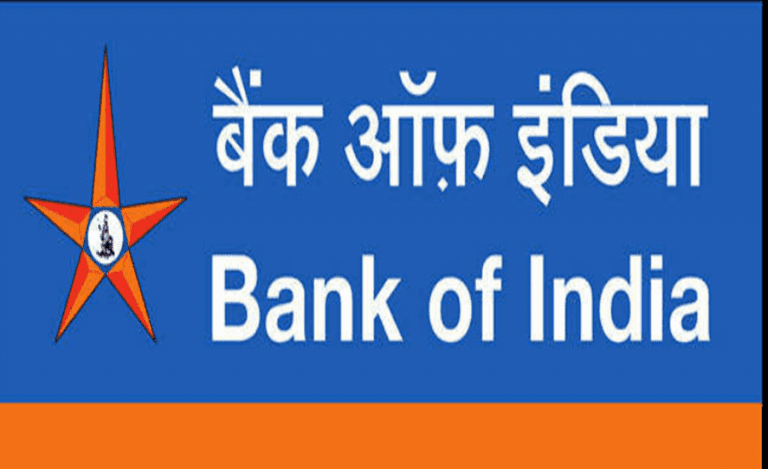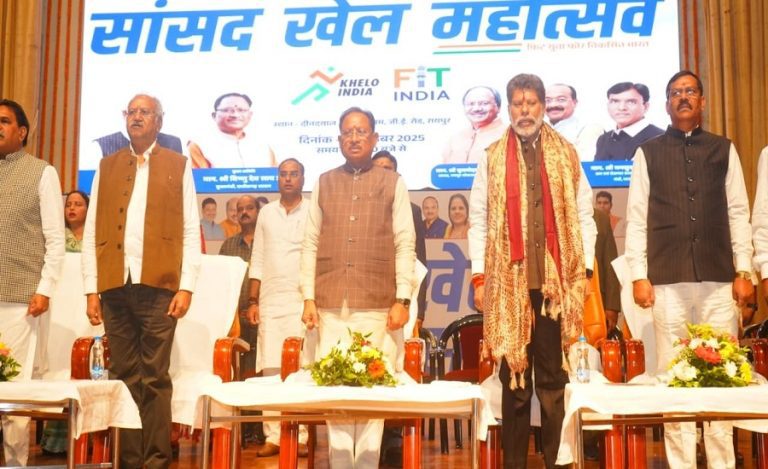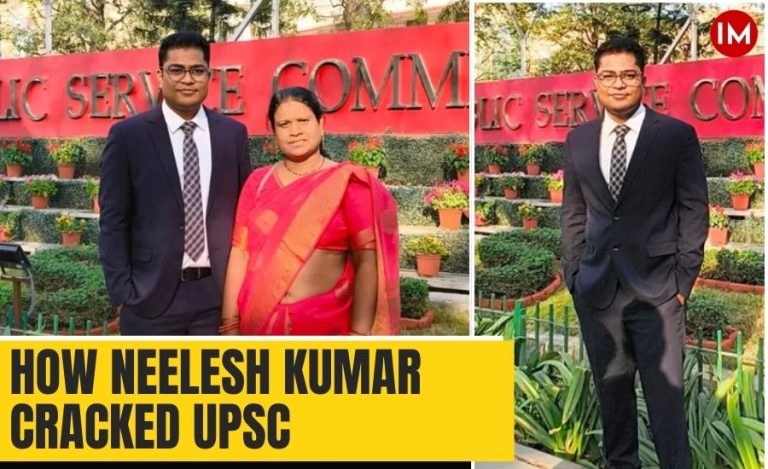Although Jannayak Karpoori Thakur received the long overdue Bharat Ratna on the Republic Day earlier this year (along with ex Deputy Prime Ministers Charan Singh and LK Advani), not much has been written about him in the English language press, which for some odd reason has appropriated to itself the mantle of being called ‘the national press’. Even after the three Bharat Ratnas were announced – the coverage was the highest for L K Advani, followed by Charan Singh with Thakur at the tail end.
True, Advani lives in Lutyens Delhi, Charan Singh lived within a hundred miles from the India Gate, and Karpoori Thakur belonged to the faraway land of Bihar, still one of India’s most backward states with a very large percentage of backward caste population. This socialist icon was not part of the elite, he came from a humble background and had his ear to the ground. His politics impacted the rural more than the urban – but to my mind the main reason for his marginalisation was his staunch opposition to English. Those who wrote in English – be they from the left or the right found ‘space’ in the editorials and op-eds of the ‘national press’; but not the likes of Karpoori Thakur who were steadfast in their opposition to English.
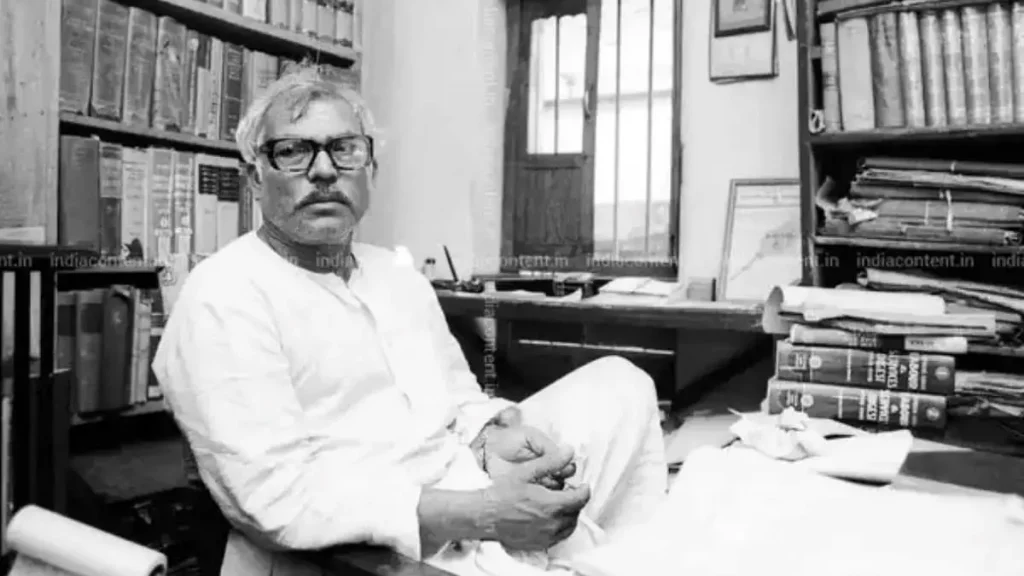
Therefore, a biography of Jannayak Karpoori Thakur in English on his hundredth birth anniversary was long overdue. This column would like to compliment both Santosh Singh and Aditya Anmol for their wonderful collaboration on this extraordinary political biography which traces his extraordinary rise as the son of a Nai (traditional barber) to one of the foremost political figures of Indian politics. While Singh is a Patna based senior journalist with a ring side view of the political economy of Bihar, Anmol is a US based academic with degrees in public policy and quantitative economics.
Together they bring political insights, ground reports, anecdotal evidence, and empirical observation to their study on the transformation of Bihar by this socialist icon, who won every single election from 1952 to 1985 except one in 1984. He was a popular leader who believed in the power of the ballot box and understood the pulse of the people. No wonder then that as deputy CM in charge of the education and finance portfolios, he was more famous than the Chief Minister Mahamaya Prasad Singh, the head of the first non-Congress SVD government in the state of Bihar.
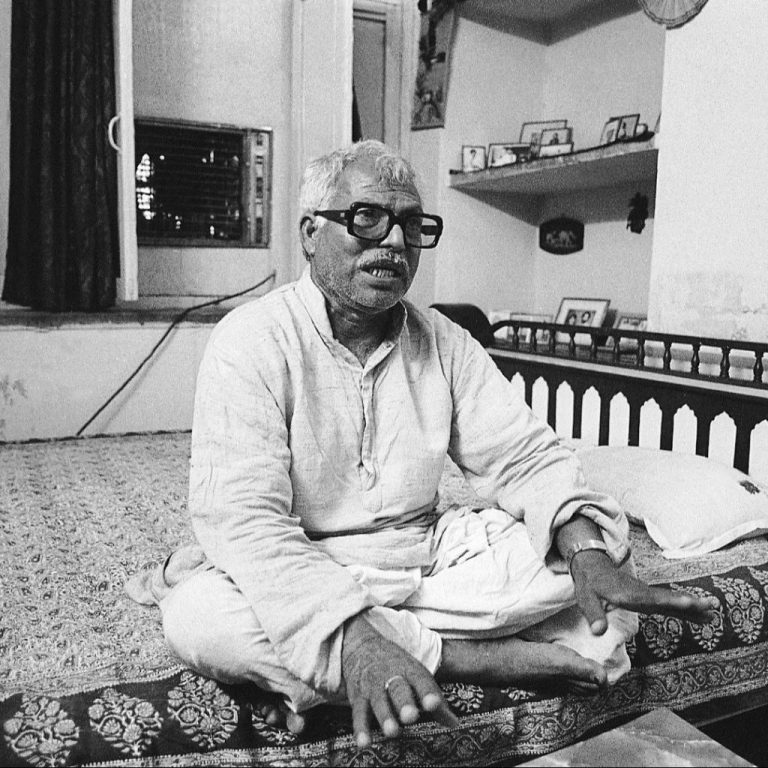
The key decisions taken by Thakur included the relaxation of passing the English language examination for matriculation (called the Karpoori Division), exemption of land revenue for marginal farmers, food for work programme for the poorest of the poor, 26% reservation for the backward classes – a precursor to the Mandal Commission, as well as reservation in jobs to the economically backward amongst the forward castes. He was convinced that in a predominantly agrarian society, a government job was not just a question of livelihood, but also one of prestige and marker of inclusion. He was also the first CM of Bihar to introduce prohibition, for he had seen, firsthand, the suffering, agony and domestic violence faced by women. This has been followed by the current CM, Nitish Kumar, who claims to draw inspiration from Mr Thakur.
While each of the fourteen chapters needs to be read and absorbed to understand the challenges which the entire socialist spectrum posed to the Congress party as well as the dharma and adharma of coalition politics, the last chapter ‘The Trail of Camphor’ is a “must read” for it is also the trail of the life of Karpoori Thakur on India’s political firmament. Singh and Anmol describe camphor (kapoor in Hindi ~ the word from which he got his name ~ and Cinnamonum Camphora in Latin) as ‘a resin which stimulates the body’s nervous system, and offers a cooling sensation that is both numbing and soothing’.
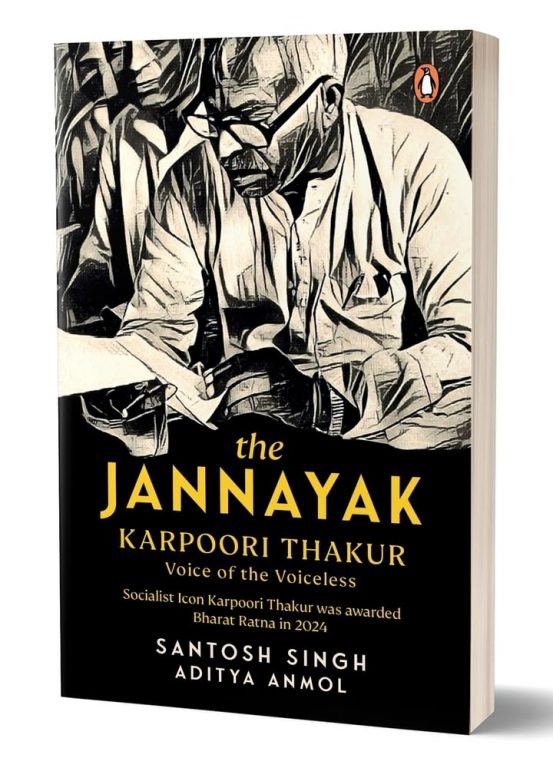
In this chapter, Karpoori Thakur’s ‘numbing and soothing’ tenure is compared with that of three other long-serving CMs- Dr Sri Krishna Singh (Sinha), Lalu Prasad Yadav and Nitish Kumar. Dr Sinha’s sixteen-year stable tenure, administrative acumen, professional and personal integrity led the doyen of public administration Dr Appleby to describe Bihar as one of the best-administered states of India. The fifties were a period in which the Eastern region was far ahead of the West and the South in terms of industry and infrastructure.
It is true that Dr. BC Roy (the CM of West Bengal) and Dr. Sinha’s proposed merger of the two states in 1954 did not materialise, even though both Assemblies had passed a resolution supporting this move. Had this seen the light of the day, India’s political and industrial landscape would have been quite different. States would have had the political heft and the financial muscle to ensure that centre-state relationships were not so one-sided. Be that as it may, it was Sinha who had laid the foundations for land reforms, agricultural, industrial, educational and infrastructure projects in the state. Sinha was a sincere believer in the ‘trickle down’ theory, a proposition rejected by Thakur, who preferred a ‘people centric’ approach during his years at the helm.
His political ideology saw a significant shift in social power dynamics, transitioning from the dominance of upper castes under Congress rule to the empowerment of OBCs, minorities and SCs during the socialist regime. Lalu Yadav claimed to follow his footsteps, but compared to Thakur’s inclusive and non-confrontationist and ideological dispensation, Yadav succeeded by creating a binary between the upper castes and the backward classes. Yadav’s politics can be described in three phases: Mandalization, Secularization and Yadavization of the politics of Bihar.
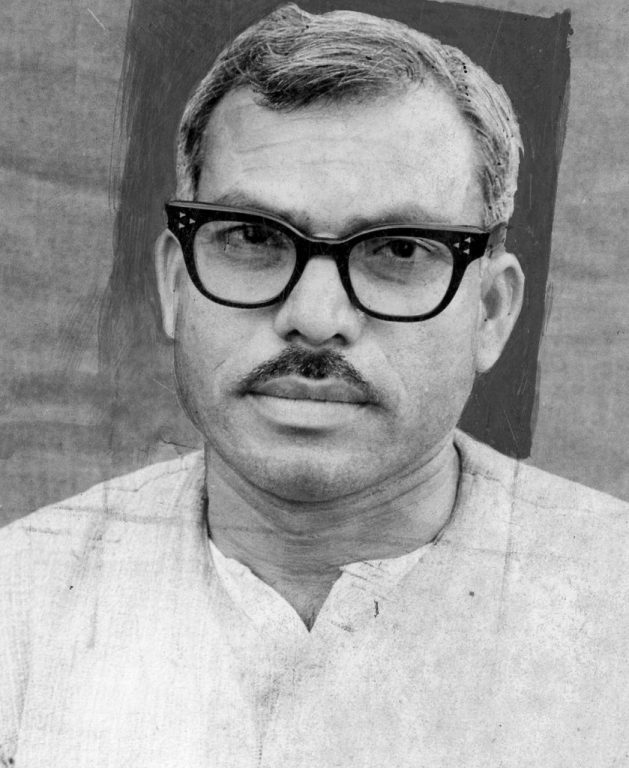
Like Thakur and Yadav, Nitish Kumar also claims to be an acolyte of JP – indeed he too cut his teeth during the JP movement. Kumar has incorporated Thakur’s principles of social engineering, followed up on Thakur’s ‘reservation within reservation’, empowered women by reserving 50% seats in panchayats for them but in one aspect, both Yadav and Kumar failed to take a leaf out of Thakur’s life and legacy.
Thakur left behind an array of second and third rung leaders, which included people like Ram Vilas Paswan, Vinayak Prasad Yadav, Shivanandan Paswan, Mangani Lal Mandal, Abdul Bari Siddiqui and many more. But more importantly, like Dr BR Ambedkar and Bhagat Singh, his afterlife is perhaps equally, if not more important than whatever achievements he could accomplish in his own lifetime, and the Bharat Ratna is a true tribute to his political vision and sagacity of inclusive growth.
ABOUT DR SANJEEV CHOPRA
Dr Sanjeev Chopra, is a 1985-batch IAS Officer of West Bengal cadre. He retired from the service on March 31, 2021 as Director, Lal Bahadur Shastri National Academy of Administration (LBSNAA), Mussoorie.
To Buy the Book, Please Click on the below Link-
The Jannayak Karpoori Thakur: Voice of the Voiceless

